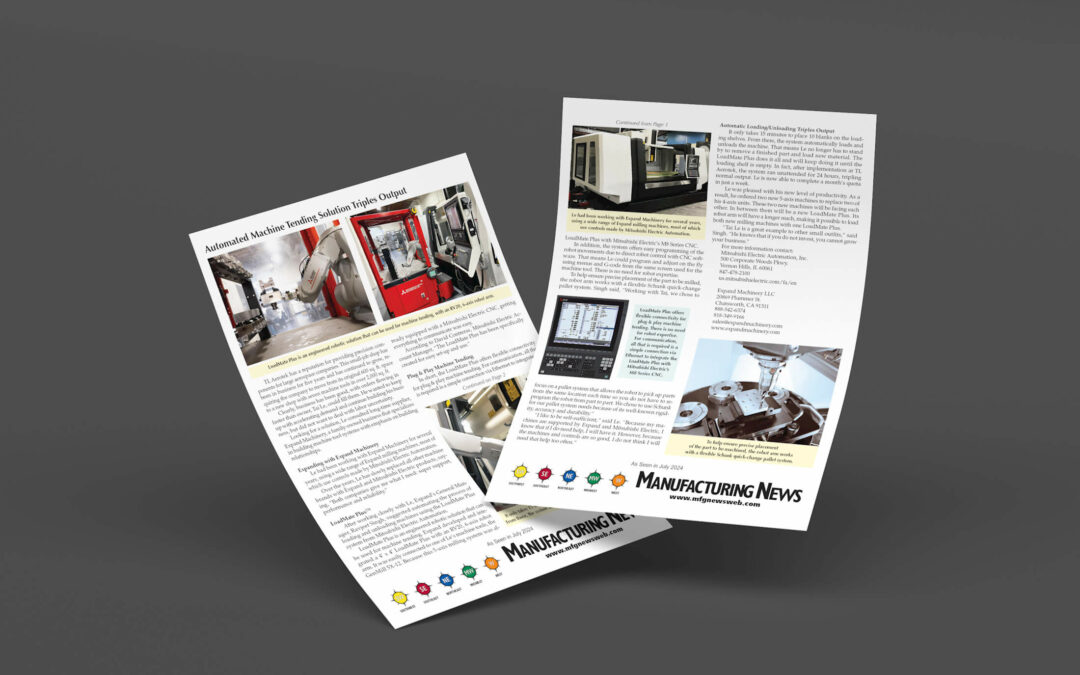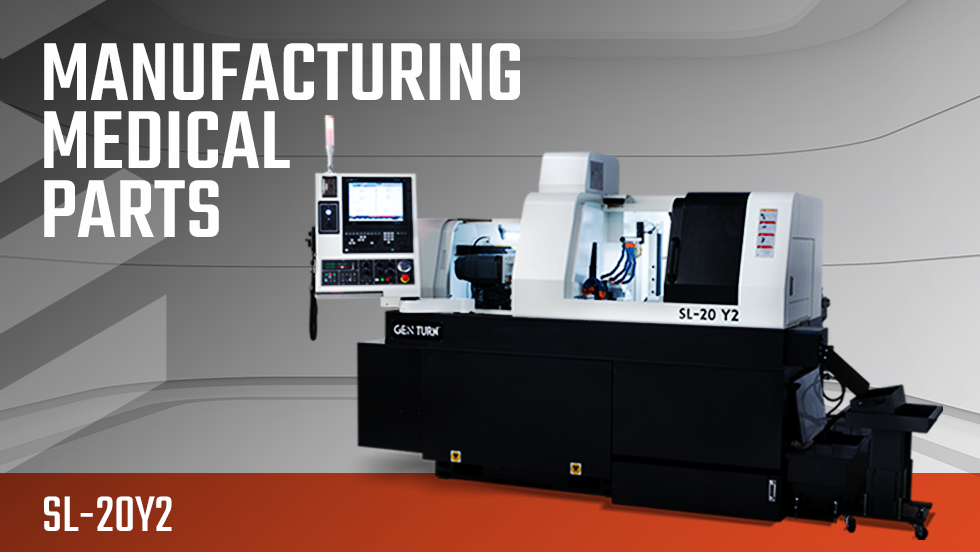With the ever-increasing demands of the customer, the necessity to deliver parts with unparalleled accuracy and sharp finish is becoming more pivotal.
To achieve such a feat, manufacturing plants must minimize tool deflection. As the name suggests, tool deflection is the consequence of when a cutting force overwhelms the tool’s stiffness, creating a bend. Tool deflection results in tool wear and puts them at risk of breakage.
Therefore, it is paramount to minimize tool deflection to promote part repeatability and obtain high-quality finishes. Minimizing tool deflection is economical as it curtails the frequency of machine downtime.
How Does Tool Deflection Affect CNC Machining?
During CNC machining operations, the workpiece consistently feels the exertion of force from the tool, which causes the workpiece to apply a resistive force. These operational forces lay significant stress on the CNC tool, and if it fails to resist these forces, deflection occurs.
Tool deflection leads to the following errors in CNC machining:
- Lack of accuracy in dimensional analysis
- Shortened tool life-cycle
- Workpiece failure that might end up in a hazard
- Rugged surface finish and degraded quality
Therefore, it is advisable to use a high-quality CNC lathe to ensure that you get excellent surface finishes and minimize tool deflection without compromising on the part’s intricacies.
Minimizing Tool Deflection in CNC Machining
Tool deflection can either cause minimal impacts on your final product quality or lead to a calamitous disaster. Here are some tips to minimize tool deflection and ensure high precision without it being life-threatening:
1. Minimization of Overhang Length
Overhand length is defined as the length between the operating tip and the clutching point of a CNC tool. Since machinists mount the tool as a cantilever beam, it must endure the bending stress apart from the external horizontal and vertical forces.
As the load-stress theory for a cantilever beam dictates, a shorter overhang length results in a significantly lower bend stress impact. As a result, the reduction of the tool’s overhang length reduces tool deflection.
2. Greater Stiffness of the Tool
CNC machining tools are created from high-speed steel (HSS), which helps streamline machining operations but comes with a downside. Exposure to a high magnitude stress load increases the chances of tool deflection.
Many manufacturers substitute HSS tools with carbide tools since carbide is thrice as rigid as HSS. However, carbide tools demand greater attention from the operator to check for tool snapping.
3. Diameter Tweaking to Strengthen the Core
Estimation of deflection involves the consideration of diameter. Machinists use the cutter diameter to evaluate long flute tools; however, it is advisable to use the core diameter as the appropriate parameter.
The fluted segment of a tool is devoid of material in the flute valleys. As for a reached tool, machinists use core diameter to perform calculations until its reached portion, beyond which it becomes the neck diameter.
As machinists alter these values, they can minimize deflection and make it minimal for the reached tool. However, this affects the critical dimensions of a long flute tool.
4. Long Flute and Long Reach – Understanding the Differences
Tool deflection can get minimized by knowing the differences between a long reach tool and a long flute. The primary difference between the two is their rigidity, which occurs because of the tool’s core diameter.
More material utilization leads to higher rigidity, and a smaller flute length implies greater rigidity and prolonged life. Since every tooling option has its distinct benefits and use-cases, you must choose appropriately for a specific operation.
- Long Reach Tool Applications
Machinists employ reached tools when they must take out material from a gap where the shank cannot fit in but would be sizable enough for a noncutting extension.
The reach’s length behind the cutting edge is slightly decreased from the cutter diameter to avert heeling (noncutting material rubbing against the part). Reached tools are versatile and have a long tool life.
- Long Flute Tool Applications
Long Flute tools have longer cut lengths and are used by machinists to provide a smooth wall on the part side or within a slot to execute applications.
The core diameter size does not change across the cutting length, leading to higher odds of deflection. This typically leads to a tapered edge if there was very little involvement of cutting edge besides a high feed rate.
These tools are ideal for cutting in deep slots. Using HEM is beneficial due to their chip evacuation capabilities, a feature absent in reached tools.
Final Words
Tool deflection is hazardous for your tool and can scrap your workpiece if it goes unnoticed before beginning a job. As a machinist, you must shorten the distance between the tool holder and its tip to reduce deflection. It is also advisable to emphasize building tool core strength, stiffness, and minimizing overhang length.
Apart from staying vigilant, it is also advisable to employ high-tech CNC machines and tool materials to eliminate inaccuracies and avert failure. This can streamline mass production and develop three-dimensional parts while being pocket-friendly.
About the Author:
Peter Jacobs
Peter Jacobs is the Senior Director of Marketing at CNC Masters. He is actively involved in manufacturing processes and regularly contributes his insights for various blogs in CNC machining, 3D printing, rapid tooling, injection molding, metal casting, and manufacturing in general.



